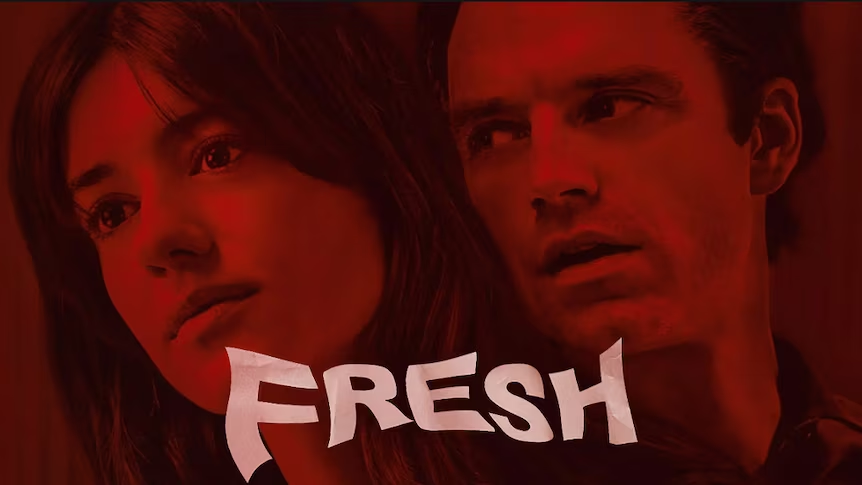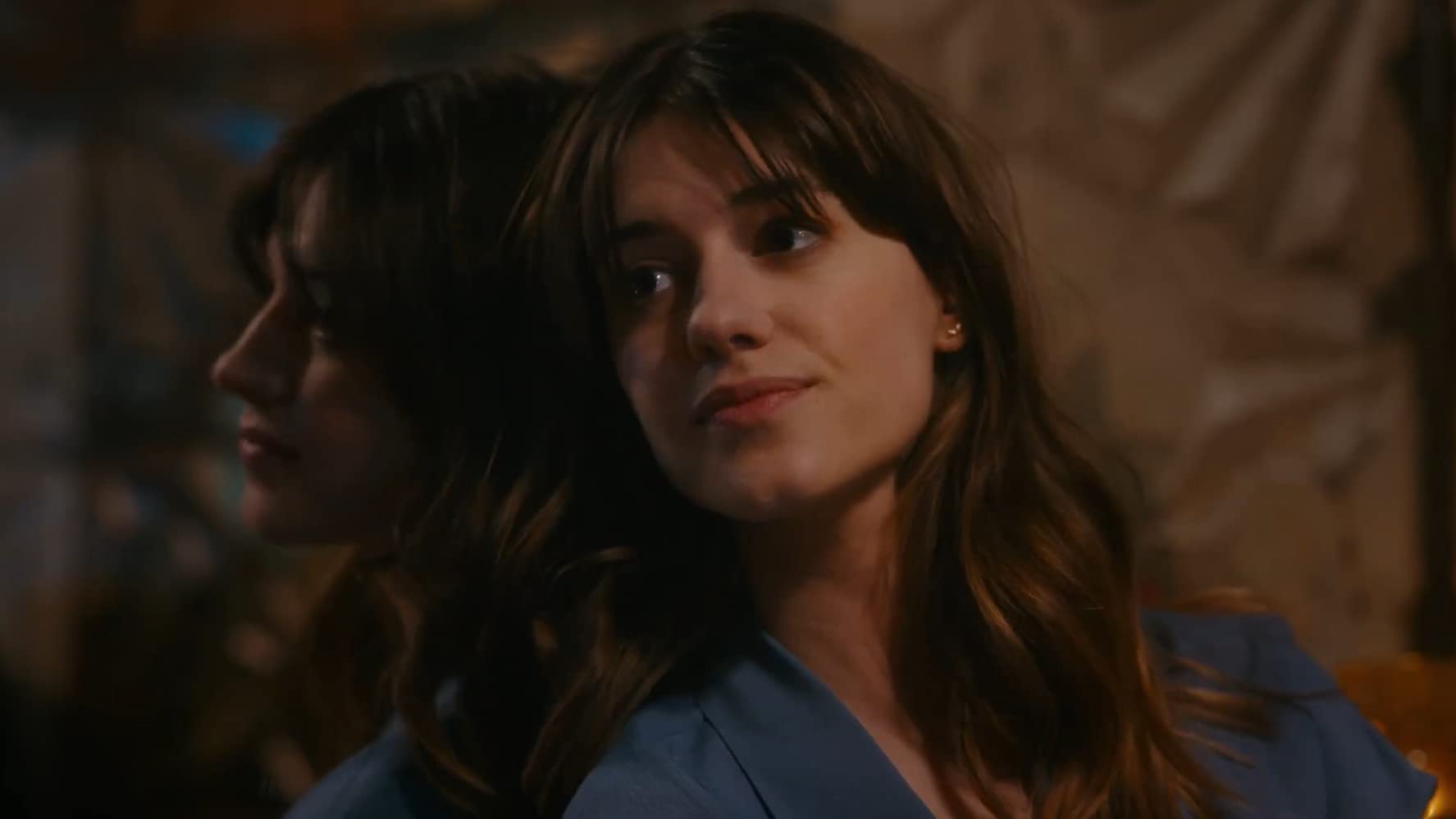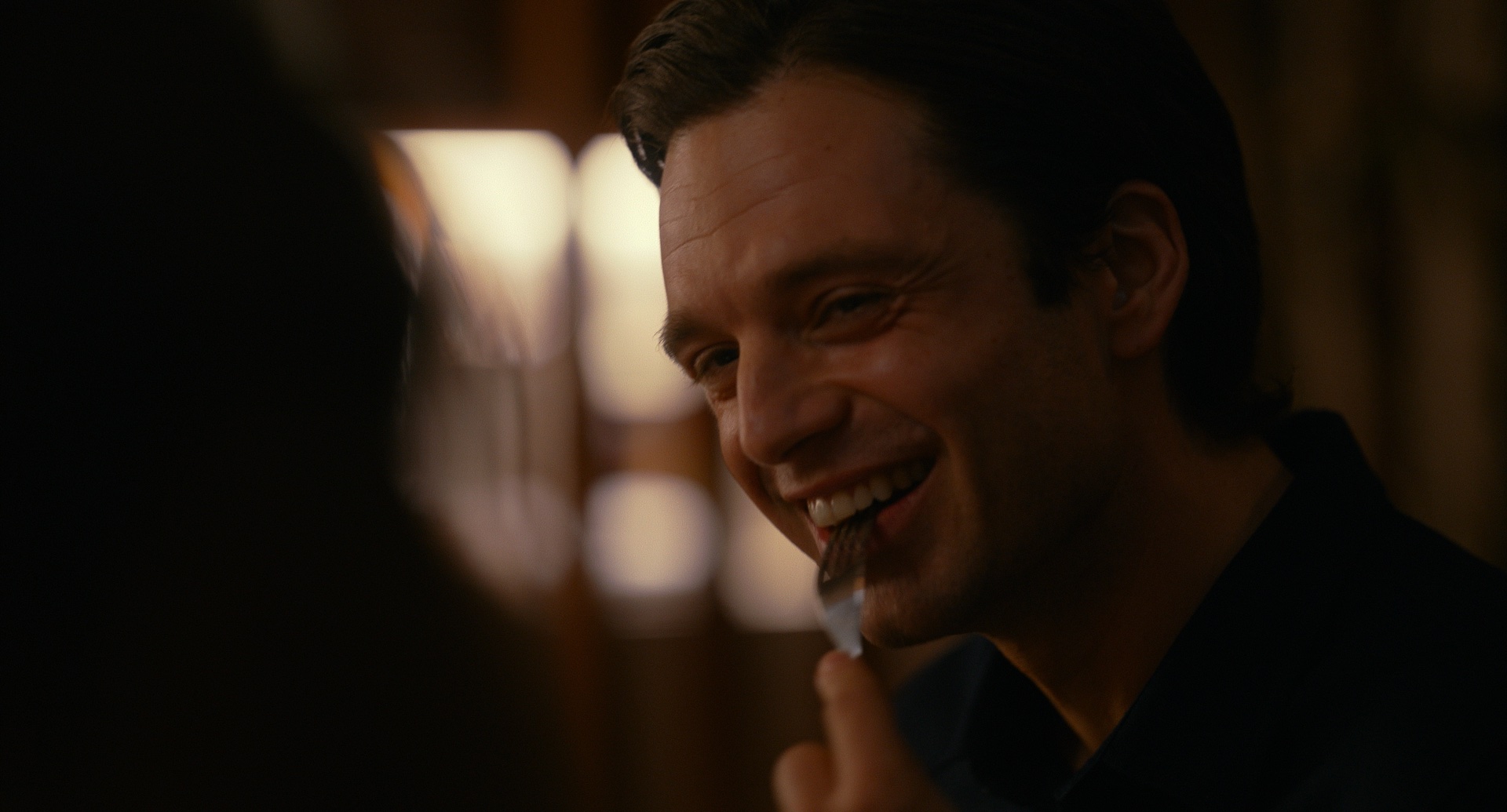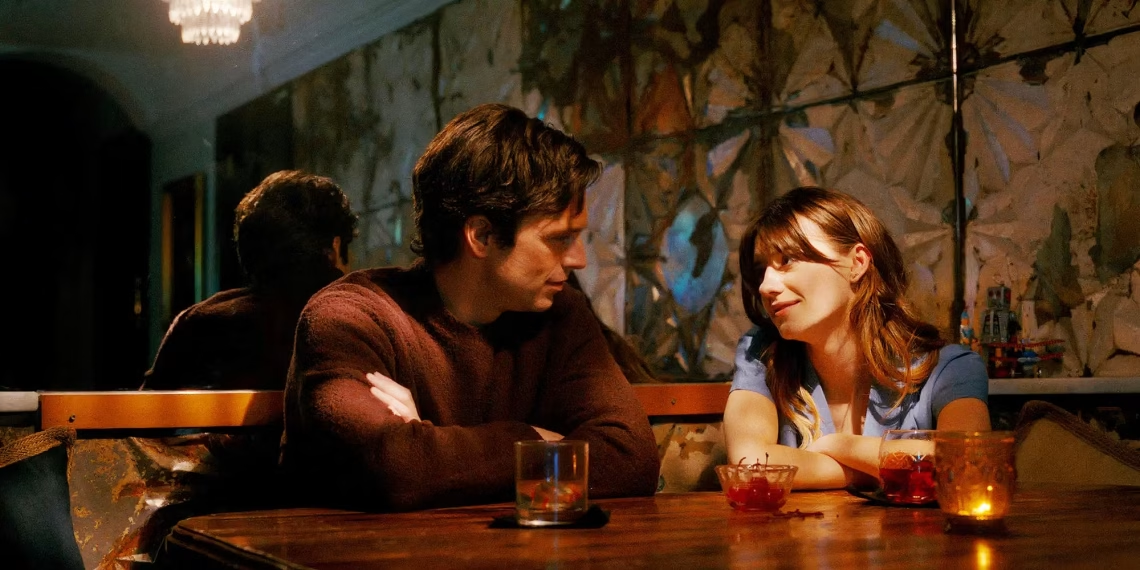Fresh delves into the dark and twisted world of modern online dating while blending horror and comedy. Sebastian Stan plays Steve, a seemingly charming boyfriend, and Daisy Edgar-Jones portrays Noa, who is disillusioned with her dating life. At the start, Noa experiences a disastrous date with a man she met online. He insults her, belittles her, and even steals food she paid for. Frustrated, Noa vents to her friend Mollie about her failed dating attempts. Mollie encourages her to take a more carefree attitude, leading Noa to encounter Steve in the grocery store. Their chemistry is immediate, and Noa feels she might have finally found a good match. However, as the relationship progresses, she discovers Steve’s horrifying secret: he has cannibalistic tendencies. Steve kidnaps women, cuts off parts of their bodies, and sells them as meat while keeping his victims alive as long as possible to preserve their “freshness.” Noa, along with her friends Mollie and Penny, must fight to survive as the film builds to a terrifying climax.
Fresh Movie Ending Explained

As the plot unravels, Noa finds herself trapped in Steve’s gruesome world. Steve uses his charm and wit to manipulate women into trusting him, only to later sell them as human meat. Realizing she is his next victim, Noa plays along with Steve’s advances to gain his trust, allowing her to make her move. Steve takes Noa to his home, where he reveals a disturbing “trophy wall” of body parts from past victims. Among these items is Mollie’s cell phone, a clue that Noa can use to her advantage. As Steve relaxes, Noa executes a plan to escape. She seduces him and, in a surprising move, bites off part of his penis, using the distraction to free herself and rescue Mollie and Penny. Together, they make a daring escape. Noa’s ability to turn Steve’s manipulative tactics against him is the first step in reclaiming her power.
Noa Turns the Tables on Steve Using His Tactics
The climax of Fresh showcases Noa’s cunning and resourcefulness. After seducing Steve, Noa seizes the opportunity to escape and turn the tables on him. By using the same methods Steve employed to victimize her, she shifts the power dynamic in her favor. She, Mollie, and Penny’s experiences represent victims of violence who are forced to reclaim control by any means necessary. The trio’s violent retaliation—knocking Steve out in the kitchen, then killing him and his wife Ana (Charlotte Le Bon)—symbolizes the ultimate act of vindication for women who have been mistreated. This act of rebellion against their oppressors underscores the film’s message of empowerment, mirroring the escape in Get Out where the protagonist Chris kills his captors to regain his freedom.
Fresh includes a darkly ironic twist during its opening credits. When Noa meets Steve, she is seen standing in a grocery store under a sign that reads “fresh meats,” which foreshadows Steve’s horrifying intentions. Noa becomes the perfect target for Steve, as she has no immediate family ties. In an early conversation, she reveals that her father is deceased and she’s estranged from her mother. Steve is quick to pick up on this vulnerability, seeing her as a woman who won’t be missed if she disappears. Throughout the film, Steve’s victims are often women who have no one to notice their absence, making them easier prey. This chilling pattern exposes Steve’s twisted career as a human butcher, highlighting his systematic targeting of those who are marginalized or disconnected.

How Does Steve Choose His Victims?
Steve’s method of selecting victims is unsettlingly calculated. He targets women with weak or non-existent family connections. This allows him to continue his grisly work with little fear of being caught. Noa’s admission about her lack of close family ties makes her an ideal target. Steve has perfected his method of seduction, ensuring that his victims feel safe and secure enough to trust him before he reveals his true intentions. Penny, another victim trapped in Steve’s home, shares a similar background: she too lacks a support system, making her disappearance less likely to raise suspicion. This careful targeting underlines the predatory nature of Steve’s operations, as he picks women who have little chance of being missed.
Also Read: Black Swan Ending Explained: Did Nina Achieve Perfection or Lose Herself?
Fresh’s Ending and What It Means
Fresh is more than just a horror film—it’s a biting social satire, reflecting on modern dating dynamics and the exploitation of women. The film critiques how online dating has become a dangerous terrain for young women, who must navigate a world rife with predatory individuals. Steve represents a dark exaggeration of the entitled attitudes some men have towards women’s bodies, commodifying them for personal gain. But as Noa fights back, Fresh shows how women can regain their autonomy by working together. The final moments underscore the importance of female solidarity, as Noa and her friends save themselves without the help of a man. This sense of empowerment culminates when Noa receives a text from a previous date, “You up?”—a reminder that the horrors of modern dating, while not as extreme as what she experienced with Steve, continue to exist.

The ending of Fresh drives home its themes of body autonomy, the dangers of online dating, and how women can reclaim power through unity. Noa’s escape from Steve is not just a personal victory, but a broader symbol of resistance against the commodification of women’s bodies. By banding together with her fellow victims, Noa demonstrates that survival depends on solidarity, not romantic rescue. The final shot of Noa receiving a text from her disastrous date is a stark reminder that, although her horrific experience with Steve is over, the world she inhabits still views women as objects to be consumed. This ending ties the film’s critique of the online dating scene into a wider commentary on gender dynamics.
The Fresh Movie Ending Was Praised Less Often Than The Rest of the Movie
While Fresh was largely praised for its tense build-up and unique premise, the ending received mixed reactions. Some viewers felt that the final act lost the tension built earlier in the film, especially after the escape moves outside the confines of Steve’s home. Despite this, the film’s thematic payoff and its stunning finale remained a highlight for many. Noa’s final victory over Steve and the oppressive systems he represents was seen as satisfying, though some critics noted that the horror aspect was somewhat diluted in the latter stages. Still, the film’s approach to horror, combining gore with social commentary, was widely regarded as fresh and innovative.
Also Read: Eternals Ending Explained: What’s the Future of the Eternals After the Celestial’s Judgment?




